| Autres Noms | Couteau chauffant artisanal, couteaux chauffants électriques, coupe-mousse, lames de couteau chauffant, coupe-couteau chauffant, couteaux chauffants, couteau chauffant industriel, couteau chauffant pour plastique, couteau chauffant pour coupe-corde, coupe-couteaux thermiques, types de couteaux chauffants, couteau chauffant pour sangle |
|---|---|
| Application | Industrie automobile, pose de moquette, construction, artisanat et loisirs, travaux électriques, découpe de mousse, fabrication de joints, industrie maritime, emballage, fabrication de plastique, transformation du caoutchouc, industrie textile, découpe de sangles et de cordes |
| Numéro de Modèle | CB-HKB |
| Service OEM | Disponible |
| Conditions de Paiement | L/C, T/T, Western Union, XTransfer |
| Emballage | Boîte en Carton, Caisses en Bois |
| Délai de Livraison | Basé sur la quantité |
Partager sur :
Un couteau chauffant, également appelé coupeur thermique ou couteau chauffant électrique, est un outil doté d'une lame chauffée électriquement, utilisé pour couper et parfois sceller les matériaux synthétiques en les faisant fondre. Contrairement aux méthodes de découpe à froid traditionnelles qui peuvent effilocher les bords des tissus et autres matériaux, un couteau chauffant fait fondre le matériau lors de la coupe, ce qui permet d'obtenir un bord net et scellé qui empêche l'effilochage ou le détricotage. Le terme « couteau chauffant » désigne directement la lame chauffée qui effectue l'action de coupe.
Les couteaux chauffants sont des outils polyvalents aux applications variées dans divers secteurs et métiers grâce à leur capacité à couper et à sceller proprement les matériaux synthétiques. Parmi les utilisations courantes, on peut citer :
Les lames de couteaux chauds sont généralement fabriqués à partir de matériaux capables de conduire et de retenir efficacement la chaleur. Parmi les matériaux courants, on trouve :
La lame peut également être recouverte de matériaux comme le Téflon pour réduire la friction et empêcher le matériau fondu de coller à la lame, garantissant ainsi une coupe plus douce.
Couteaux chauds Disponibles avec une variété de formes de lames interchangeables pour s'adapter à différentes tâches de coupe et à différents matériaux. Voici quelques formes courantes :
Le principe de fonctionnement d'un couteau chaud La lame chauffée électriquement fait fondre le matériau synthétique au contact. La chaleur ramollit le matériau, permettant à la lame de le traverser avec une résistance minimale. Pour le scellement, les bords fondus se solidifient rapidement après le passage de la lame, créant une finition fondue et nette. La température de la lame est souvent réglable pour s'adapter aux différents matériaux et vitesses de coupe.
Non seulement nous proposons des tailles standard de couteaux à rainurer, mais nous proposons également des couteaux spéciaux conçus pour améliorer votre productivité. Il vous suffit de fournir des dessins ou des échantillons.
Contactez notre équipe commerciale dès aujourd'hui ; elle vous aidera à évaluer vos besoins spécifiques et vous proposera des options de mise à niveau éprouvées. Vous pouvez également nous faire une demande de devis.
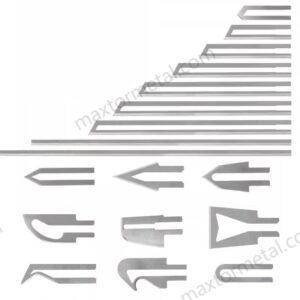
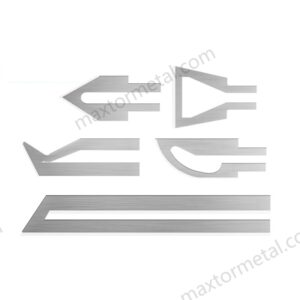
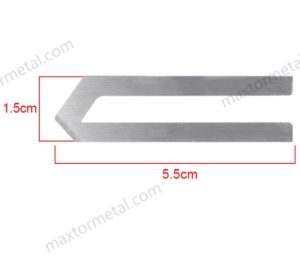
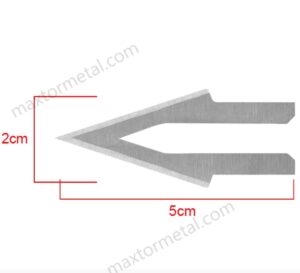
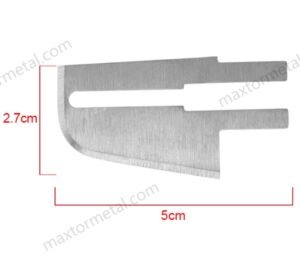
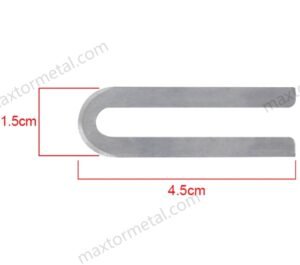

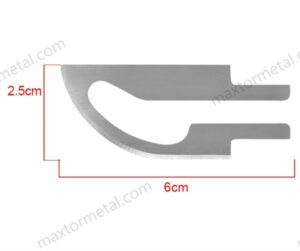

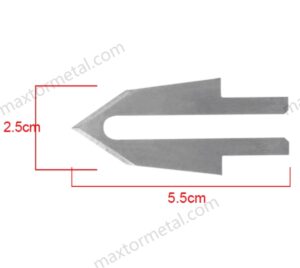
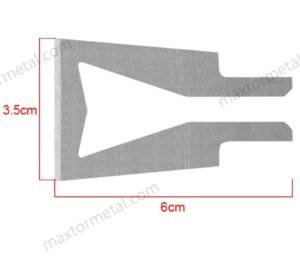
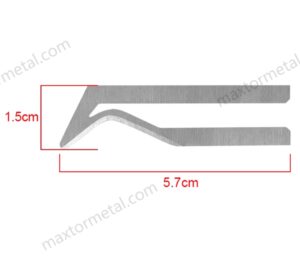
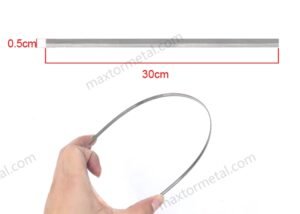
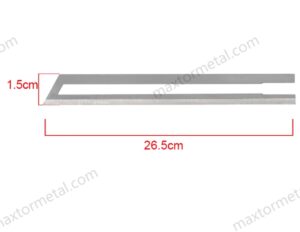
1. Service d'importation unique et sans tracas
Profitez de la commodité d'une importation fluide. Du transport au dédouanement, nous gérons l'ensemble du processus. Il vous suffit de payer la TVA et d'attendre l'arrivée de vos marchandises.
2. Des prix compétitifs
Nous avons vu nos lames exceller dans d'innombrables applications et sommes prêts pour tout projet que vous nous confierez. Attendez-vous à la précision, à la durabilité et à des prix compétitifs inégalés.
3. ODM et OEM disponibles
Que vous fournissiez des dessins, des croquis ou des échantillons, nous pouvons concevoir et fabriquer pour vous. Nous avons également la capacité d'aider à modifier les conceptions et spécifications existantes pour améliorer presque toutes les applications d'outillage industriel. Veuillez contacter notre équipe de vente dédiée pour discuter de vos besoins spécifiques.
4. Contrôle de la qualité
Une série de tests et d'inspections sont effectués pour contrôler la qualité, incluant l'inspection du premier article, l'inspection des matériaux entrants et les matériaux certifiés, l'inspection qualité en cours de production, et l'inspection qualité finale.
5. Achats flexibles, coopération illimitée
Que vous soyez un importateur, un distributeur, un grossiste ou un utilisateur final, nous vous accueillons. Bénéficiez de faibles quantités minimales de commande (MOQ), de demandes sans tracas et d'une plus grande liberté d'achat.
6. Surveillance à l'étranger, rapport en temps réel sur l'avancement de la production
Considérez-nous comme votre moniteur exclusif. Nous vous fournirons régulièrement des mises à jour sur chaque étape cruciale de votre chaîne de production. Quelle que soit la distance, vous aurez un aperçu en temps réel de l'avancement de votre produit.
Nanjing Metal Industrial CO., Limited
Mingjue Industrial Park, Lishui, Nanjing, Jiangsu, China
Restez informé de nos dernières actualités.